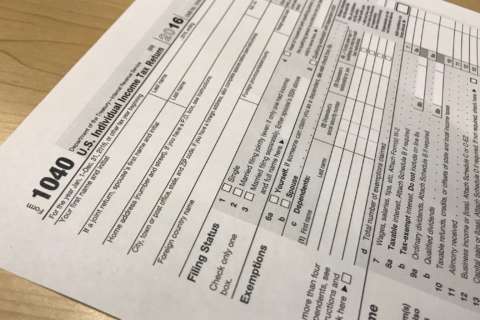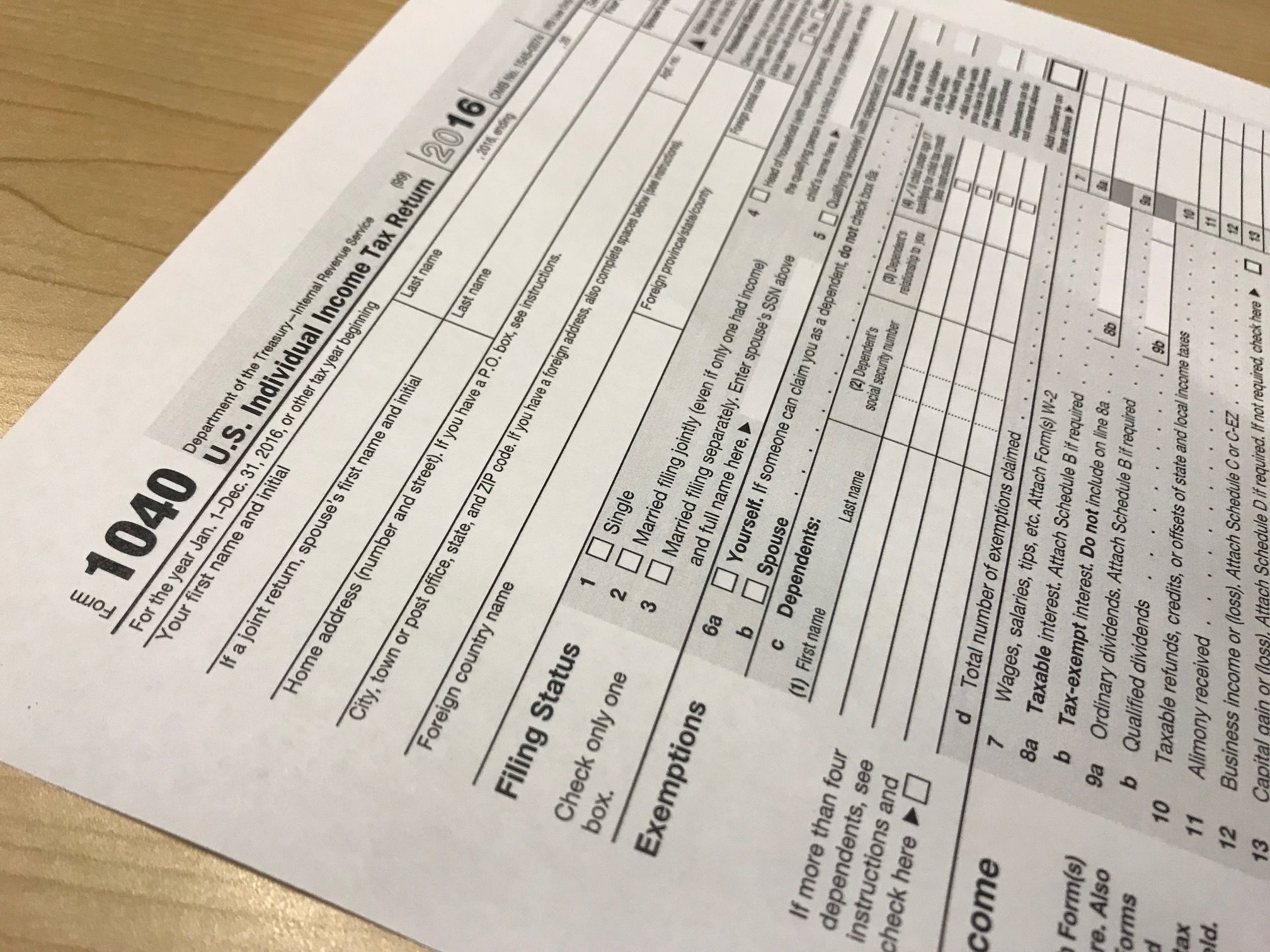
If you’re not ready to file taxes before April’s deadline rolls around, you can file for a tax extension.
An extension gives filers an extra six months — typically until Oct. 15 — to get paperwork together, hunt down missing documents and file their income tax return accurately and thoroughly. “It just gives [filers] a little bit more time to gather and compile the information,” says Nayo Carter-Gray, an enrolled agent at 1st Step Accounting in Baltimore, “as opposed to rushing.”
While an extension can be a lifesaver for taxpayers who aren’t ready to file in April, it can also tempt procrastinators to continue dragging their heels or give them the false sense that their tax bill isn’t due before the extended deadline. Avoid these pitfalls by reading on for what to know about filing for a tax extension.
[See: 14 Important Personal Finance Dates to Mark on Your Calendar.]
There are good reasons to file for an extension. Taxpayers have myriad legitimate reasons to file for a tax extension. Some may need extra time to account for a complicated tax situation due to the sale of a home, a death in the family or income generated from a side hustle. Sometimes, necessary documents don’t come in until late in the season. In other cases, a tax professional may need more time to devote to a complex tax situation.
“Usually, I recommend filing an extension when there is missing information or if there is some uncertainty about how the IRS or state taxing authorities will treat a particular item on the tax return,” says Phyllis Jo Kubey, enrolled agent and certified financial planner in New York City, in an email.
She estimates that about 35 to 40 percent of her clients file for an extension. Some workers who have off-seasons or less-busy seasons, such as teachers who are free during the summer or musicians who travel frequently, may also file a tax extension so they can spend more time on their taxes when their workload is lighter, Kubey says.
Kubey also notes that filing an extension, even if you end up filing the tax return before April’s deadline, can stretch the deadline to make contributions to some self-employed retirement accounts. That can be a good strategy for self-employed taxpayers who want to pad their nest eggs and reduce their tax bill at the same time, but need a few extra months to come up with the money.
While it may be personally important to have a good reason to file for an extension, Carter-Gray notes that the IRS doesn’t ask why you’re filing the request. She typically only sees a request denied if the extension form itself is filed after the April tax deadline — when extension requests are due.
[See: Answers to 7 Burning Tax Questions.]
But there are bad reasons, too. One factor that shouldn’t impact whether you file for an extension: needing extra time to pay your tax bill.
“The extension is an extension of time to file, but it is not an extension of time to pay,” Kubey says. “If you have a balance due on your tax return and you don’t pay by the unextended due date, IRS and state taxing authorities will compute late payment penalties and interest from the original due date of the tax return through the date you have paid the balance in full.”
So, if you think you’ll owe taxes, send in an estimated payment (typically 100 percent of the prior year’s tax bill) with the tax extension to avoid penalties, Carter-Gray says. While the failure-to-pay penalty (0.5 percent of unpaid taxes per month) is lower than the failure-to-file penalty (5 percent per month), you still want to pay as much as you can before the April tax deadline.
[See: 13 States Without Pension or Social Security Taxes.]
The form is free, but you might pay a preparer for help. Taxpayers can e-file their request through Free File or file a paper Form 4868 for free, according to the IRS. Filers can also get an extension by making estimated tax payments through the IRS’s Direct Pay system, Electronic Federal Tax Payment System or credit card or debit card payment portal, and noting that the payment is for an extension.
If you’d like assistance from your tax preparer, however, you may need to pay for the help. Kubey notes that tax professionals need to calculate your tax liability before filing the extension, which requires extra effort. “We are often doing as much work for the extension as we would for the tax return itself,” she says. Carter-Gray also charges for filing an extension, but she notes that she’ll file the extension paperwork for free if her busy schedule, for example, not the filer’s procrastination, is the reason it needs to be filed.
Don’t procrastinate. While filing for an extension will buy you an extra six months, it shouldn’t be an excuse to delay getting your paperwork together before the new October deadline, experts say.
Carter-Gray suggests reconnecting with your tax preparer in early May to restart the tax-preparation process. Filing as quickly as you can — and knowing what your actual tax bill is as soon as possible — will reduce the penalty you owe if you underpaid your estimated taxes. Better yet, Carter-Gray says, opting not to procrastinate will keep your tax preparer happy.
More from U.S. News
8 Big Budgeting Blunders — and How to Fix Them
10 Big Ways to Boost Your Budget — Without Skimping on Your Daily Latte
9 Financial Tools You Should Be Using
How to File a Tax Extension originally appeared on usnews.com








